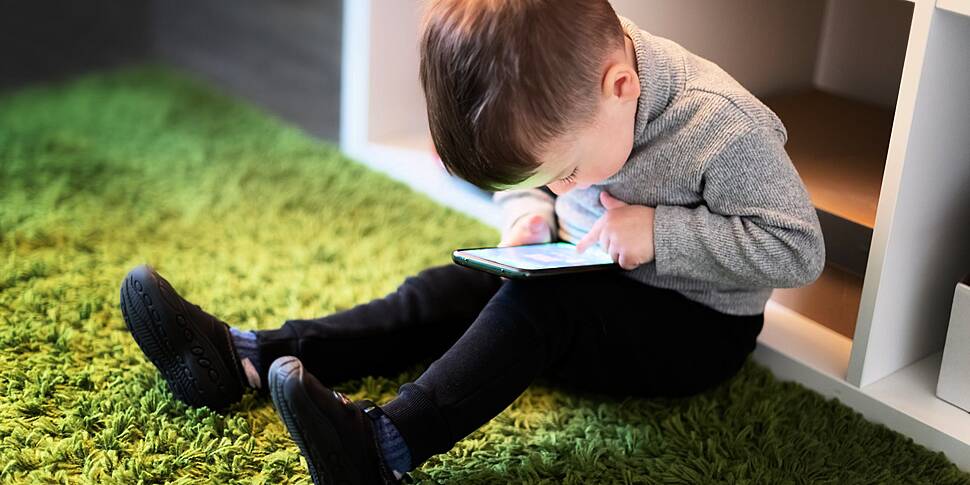A quarter of primary school children say they've have been upset by harmful content they've seen online.
The research by CyberSafeKids also found just over a fifth of secondary school students were affected by seeing harmful content or being contacted online by people they don't know.
The online safety charity, found 42% of 8 to 12-year-olds and 62% of 12 to 14-year-olds don't talk to their parents what they look at on social media or the internet.
More than 7,000 children took part in a survey during the school term last year.
The report also found parents are less involved in their children’s online lives than in previous years.
 Teenage students looking at smartphone in a library.
Teenage students looking at smartphone in a library.77% of 8-12-year-olds say their parents can't see what they are doing online, while 83% are allowed to use smartphones or tables in their bedrooms.
CEO of CyberSafeKids, Alex Cooney, said many parents aren't aware of what their children are doing online.
"We're seeing is very high levels of access to the online world and very high levels of ownership of devices.
"About a quarter of the children being exposed to content that bothers or upsets them in some way, and a high proportion of those children not telling anyone about those experiences".
"One of the big areas of concern that we have is that children are going into these online spaces largely ill-equipped and unprepared.
"We want to really encourage parents to support their children, to be online in a safe way, to really think about when is the right time to give a child a device, hold off for as long as possible.
"There's no need for an eight or nine or ten year old to have their own smart device, and be with them, make it a shared experience for as long as possible".
 Roblox is a multiplayer online game and video game creation system. (Photo by Rafael Henrique / SOPA Images/Sipa USA)
Roblox is a multiplayer online game and video game creation system. (Photo by Rafael Henrique / SOPA Images/Sipa USA)Primary school children, aged 8 to 12-years-old said YouTube was where they saw the most harmful content (37%), followed by Roblox (23%) which is widely seen as a child-friendly social media game.
Secondary school children, aged between 12 to 14-years-old reported seeing the highest amount of harmful or negative content on Snapchat (41%), followed by TikTok (30%).














